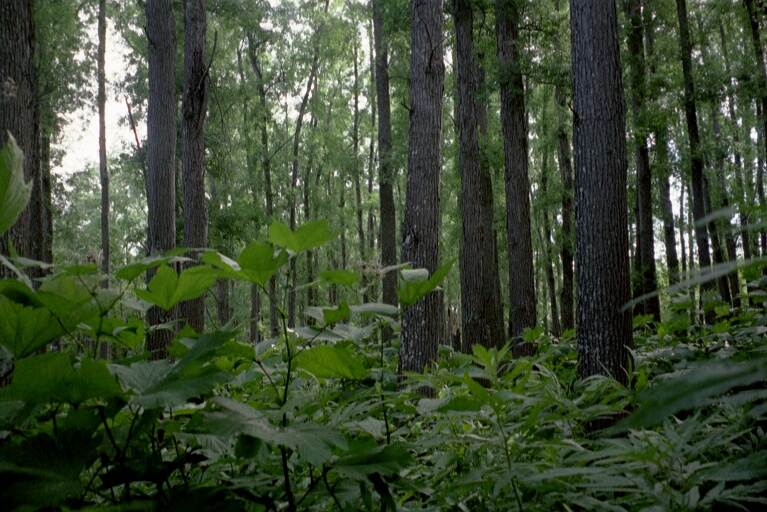
It's surprising, that there are no big mammals grazing the dense vegetation on the forest ground in the mountains of Southern Kamchatka. The giant moos settles in the lowlands in the west and north of the peninsula. The bighorn sheep are restricted only to the stony parties of the mountains and they avoid the forests. Even the bears graze much often in the open areas than in the forest. The absence of the big herbivores effects, that the wolf can't survive in the Southern Kamchatka. In the north of the peninsula the wolf packs follow the herds of the reindeers.
Kamchatka was long time an island and it is not since very long a part of the Asian continent. The long time of isolation caused absence of many widely spread groups of animals, e.g. reptiles, amphibians, storks, herons and the big herbivores in the Southern Kamchatka.
